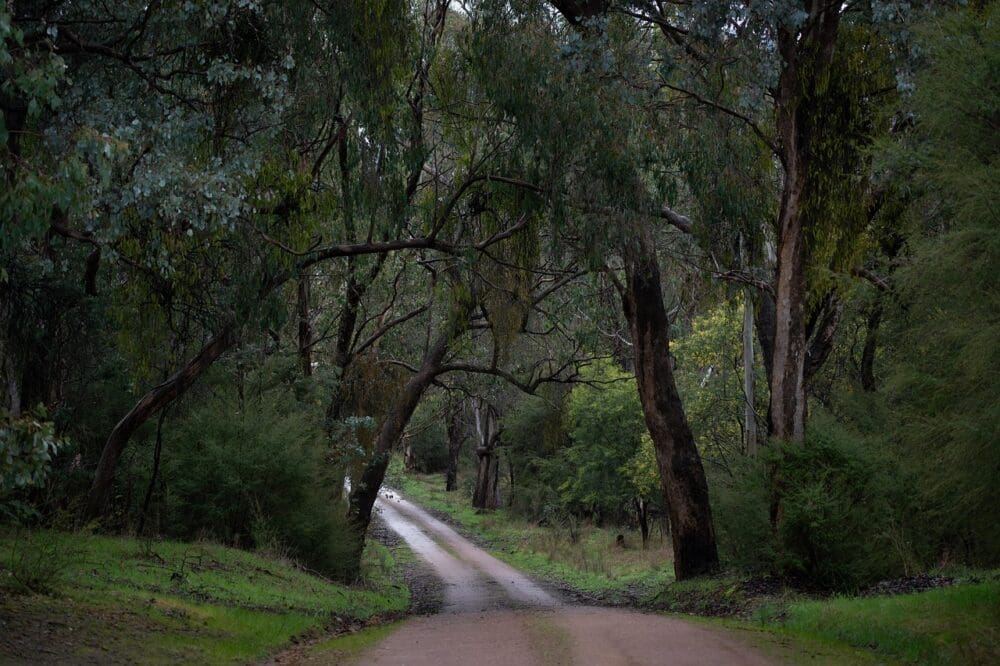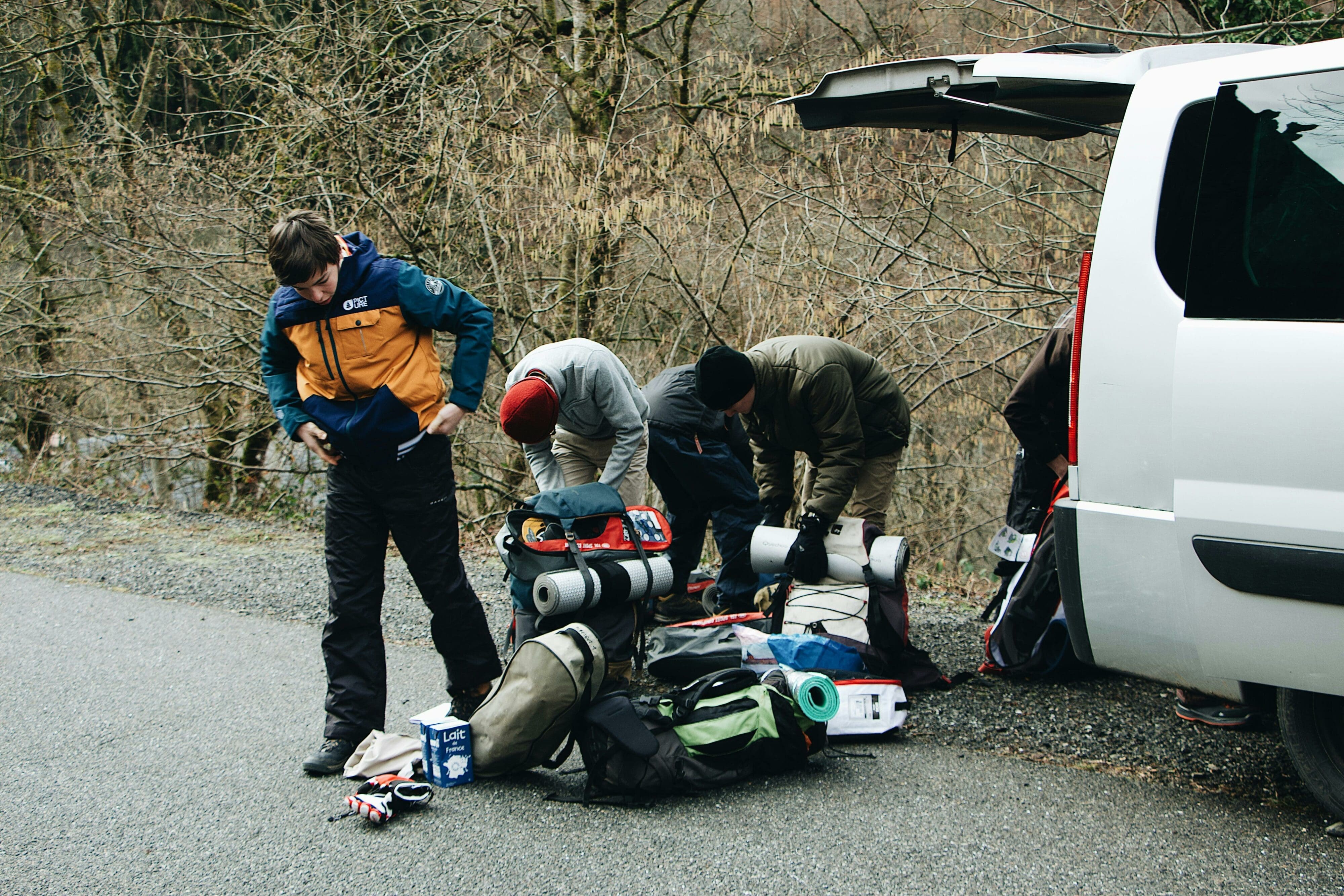When the allure of the wild beckons, embarking on a wilderness road trip becomes an enticing adventure that promises new experiences and unforgettable memories. However, adventuring into nature requires meticulous planning and preparation to ensure safety and enjoyment. Many overlook how important it is to anticipate potential challenges, from changing weather conditions to mechanical issues. This guide offers essential tips to prepare for a wilderness journey that thrives on fun while minimizing risks.
Choose the Right Vehicle
Selecting the right vehicle is paramount for a successful wilderness road trip. A reliable and suitable car can make all the difference when navigating rugged terrains. For this type of adventure, a four-wheel drive (4WD) vehicle is often the best choice, providing the traction and power necessary to traverse unpaved roads and steep inclines.
Depending on your location and itinerary, you may also want to consider whether you need additional features like roof racks or towing capabilities. If your vehicle lacks these, you might hire a 4wd that meets your needs. Assessing the vehicle’s reliability and ensuring regular maintenance is crucial. Your vehicle should have been recently serviced, with necessary checks for the brakes, tires, engine, and fluid levels completed ahead of your journey.
Plan Your Route Wisely
Having a well-thought-out route plan is essential for navigating the wilderness. GPS devices and mobile apps are handy tools, but they can be unreliable in remote areas. Therefore, it’s essential to equip yourself with physical maps or detailed guides of the terrain you’ll encounter. Before setting out, research current road conditions, accessibility, and any park regulations for the areas you plan to explore. This preparation significantly contributes to a safer journey. Let others know your itinerary and expected return times for extra safety. Check the weather forecast beforehand to anticipate any potential hazards or delays. Factor in rest stops and emergency exit points in case conditions change unexpectedly. A well-planned route not only ensures efficiency but also enhances your overall outdoor experience.
Pack Organizationally
Packing effectively is key to enhancing convenience and readiness on your trip. Start by making a checklist of all necessary items, including camping gear, food supplies, first aid kits, and personal necessities. Organizing these items into bins or bags can streamline accessibility, making it easier to find what you need while minimizing clutter inside the vehicle. A well-stocked first-aid kit specifically designed for outdoor activities is a must-have. Consider items such as insect repellent, sunblock, wipes, and basic tools for emergencies.
Stay Prepared for Weather Changes
Nature is unpredictable, and weather patterns can change rapidly. Be prepared for various conditions by bringing appropriate clothing and gear. Layering clothing allows you to adjust your attire easily as temperatures fluctuate throughout the day. Essential items to pack include waterproof jackets, insulated layers, and durable footwear. In addition, consider carrying a portable weather radio or an app that provides real-time updates on local weather conditions. Checking forecasts often can greatly improve your ability to adapt to unexpected shifts.
Extreme weather conditions, such as sudden storms or temperature drops, can pose serious risks if you’re unprepared. Pack extra socks, gloves, and a hat to maintain body warmth in colder environments. In hot climates, sun protection like a wide-brimmed hat, sunscreen, and hydration packs are essential. Always have an emergency shelter, such as a lightweight tent or space blanket, in case conditions become severe. Staying vigilant and adapting quickly to weather changes ensures a safer and more enjoyable outdoor experience.
Understand Navigation Skills
While modern technology provides various navigational tools, having basic map reading and compass skills is invaluable, especially in remote areas where signals may be lost. Familiarize yourself with your route and the surrounding features. Hikers frequently use these skills effectively to guide themselves through the wilderness. Gaining a small amount of knowledge on how to identify landmarks and navigate stars, if applicable, can make a world of difference. Always carry backup supplies, for instance, a physical map as mentioned earlier, and be prepared to handle any surprises.
Practicing navigation skills before your trip can boost confidence and reduce the risk of getting lost. Learning how to orient a map with a compass ensures you can find your way even without GPS assistance. Pay attention to natural markers like rivers, mountains, or distinct rock formations, as they can serve as reliable reference points. If traveling in a group, ensure everyone understands the route to avoid confusion in case of separation. Staying aware of your surroundings and regularly checking your position can prevent costly mistakes and keep your journey on track.

Know Emergency Protocols
Before you embark on your journey, familiarize yourself with emergency procedures pertinent to your travel area. This knowledge involves understanding the nearest help locations and the contact details of local authorities. Carrying emergency contact numbers for park services, nearby hospitals, and rescue teams caters to different situations. Additionally, consider equipping your vehicle with a reliable communication device, like a satellite phone, for remote areas without cell coverage.
Keep The Environment in Mind
Respecting the outdoors during your wilderness road trip is a critical aspect of your adventure. Practice the principles of Leave No Trace to minimize your environmental footprint. This includes packing out all of your trash, staying on marked trails, and being mindful of campfire regulations. Familiarize yourself with any wildlife in the area and understand how to coexist with them responsibly. By doing so, you not only preserve the beauty of your surroundings but also contribute positively to the ecosystem you’re exploring.
A wilderness road trip is not just about the destination; it’s equally about the journey itself. While preparing is important, allow yourself the flexibility to embrace spontaneity and the unexpected. Take note of spectacular views, captivating wildlife, and unique opportunities that arise during your travels. Capturing memories through photography or journaling helps document these experiences, creating lasting impressions long after the trip is over.
Ultimately, striking a balance between preparation and open-minded enjoyment will create an enriching road trip experience. As you embark on your wilderness road trip, keeping these tips in mind will prepare you for a wide range of scenarios. Each piece of advice ensures that you are equipped for both safety and enjoyment. An adventurous spirit combined with careful planning creates the framework for an unforgettable expedition.


